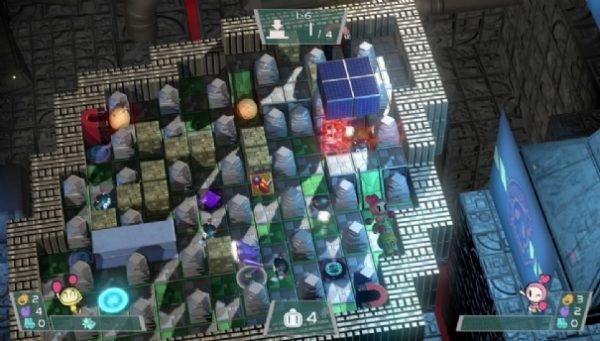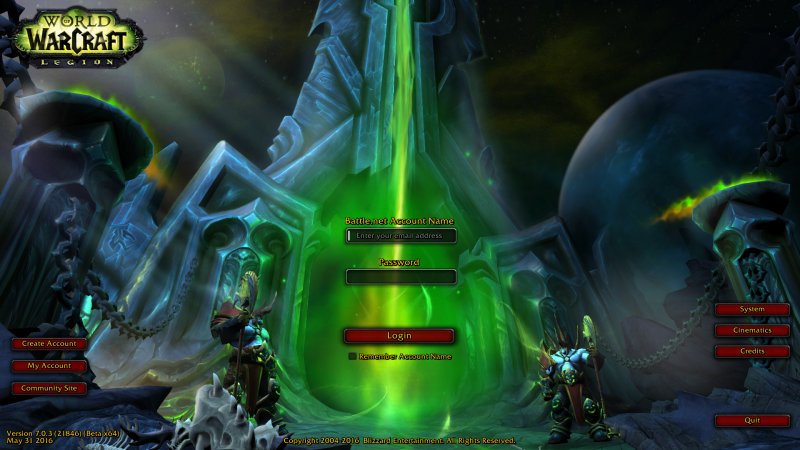homework
In the thirty-third anniversary of the saga, which debuted in Japan in 1983, and then in the West over a disproportionate number of platforms,
Bomberman looks the same with himself, with all that comes to it: novices, probably all younger players among the early adopters of the new Nintendo machine, they will find the first time to place bombs on their own or in company, while veterans will have a couple of afternoons of golden memories, before noting that the depth of experience is dubious.
But let’s go with order.
A single player campaign involving fifty levels is charged to welcome the player, acclimatizing him to the gaming dynamics and making the first inevitable deaths most painless, consumed against the bots of the AI and not against humans who, inevitably, they would give up post-defeat.
The five worlds that make up the adventure can be completed all through the hour and a half and the three hours maximum, depending on how long you take the best on bosses who will block the road periodically: the development team’s work is good in some respects and less under others.
If, on the one hand, we appreciated the variety of goals, some of which are secondary, that enliven the progression, on the other, we have found an artificial intelligence at least alienating, which, paired with the fact that death comes to the individual contact with enemies, created paradoxical situations during the campaign.
As for the first aspect, the need to survive for a certain period of time with the screen crowded with bombs and enemies, that of reaching levers and switches in remote corners of the stage or having to save trapped characters revive progression, a feeling of monoton
y that has always featured titles from the arcade footprint like this.
As we anticipated, we did not like the unpredictable behavior of enemy bots, whose moves are often difficult to read: when they are expected to go right, to avoid a trap, they move in the direction of the player and vice versa, causing often of sudden deaths because, at the slightest contact, the enemies cause the death of our avatar.
A further confirmation of unusual IA routines comes from clashes with the bosses who, once they find the attack patterns, become simple patience exercises without requiring special skills to overcome them in either of the two stages they make up the clashes.
However, if you want to pull the sums, the single player bid for the product is modest, and if this is a feature that the series has been backing for decades, the price at which Super Bomberman R is proposed should have led to a greater effort development from this point of view.
As before, but not before
The basic gameplay of Super Bomberman R is the one of stainless, with the beginnings: the purpose, without prejudice to the aforementioned exceptions, remains to destroy everything that can be destroyed, from enemies to obstacles that limit the range of movement of our robotic so as to unlock ‘exit of the current level.
The single limited-range bomb with which it will start will evolve soon, expanding the scope of the explosion, allowing you to place more bombs at the same time, even kicking them out after releasing them to do damage even remotely – nothing that has not been seen before in one or more of the previous iterations, but the range of options is all good enough, especially once everything is unlocked.
The true attraction of the package, analyzed in the short campaign, is represented by multiplayer modes, not only because they have always been the real core of the franchise, but also because of the Nintendo Switch launch titles, Super Bomberman Ris the only one which intensively exploits online and, at the same time, promotes the idea of multiplayer locally that we have
seen in so many trailer of presentation of the hybrid machine of the great N.
Even from this point of view, there are ups and downs, though, unlike the single player experience, where the latter prevailed, things get more interesting: the campaign can be tackled in the company of a friend, and four ad Eight players can stand in three different modes, namely local, wireless, and online.
A bit about the nostalgia that Konami intended to recall, a bit because of the intrinsic features of the guest console, the local multiplayer is the most convincing of the lot, because sharing the couch with the challenger is synonymous with shuffling, laughing and moments of involuntary and exhilarating comic.
The development team’s arenas are initially eight, with twelve more to be unlocked through the in-game currency, which can be achieved by playing and achieving certain goals within the levels: it goes from the narrowest labyrinths, where the first challenge is not to stay clenched in the explosions caused by their bombs, to much larger areas, within which it is difficult to read the screen action in a clear way.
There are then a number of variables to set up to customize matches as much as possible, such as the respawn number per player, the chance for dead players to pull bombs on survivors or the overall duration of the match.
Although the action is extremely familiar to those who have played only a past episode of the brand, gaming mechanics work even more than good, probably more for newcomers than for veterans, who might accuse the lack of real innovations a formula that has thirty years on its shoulders.



